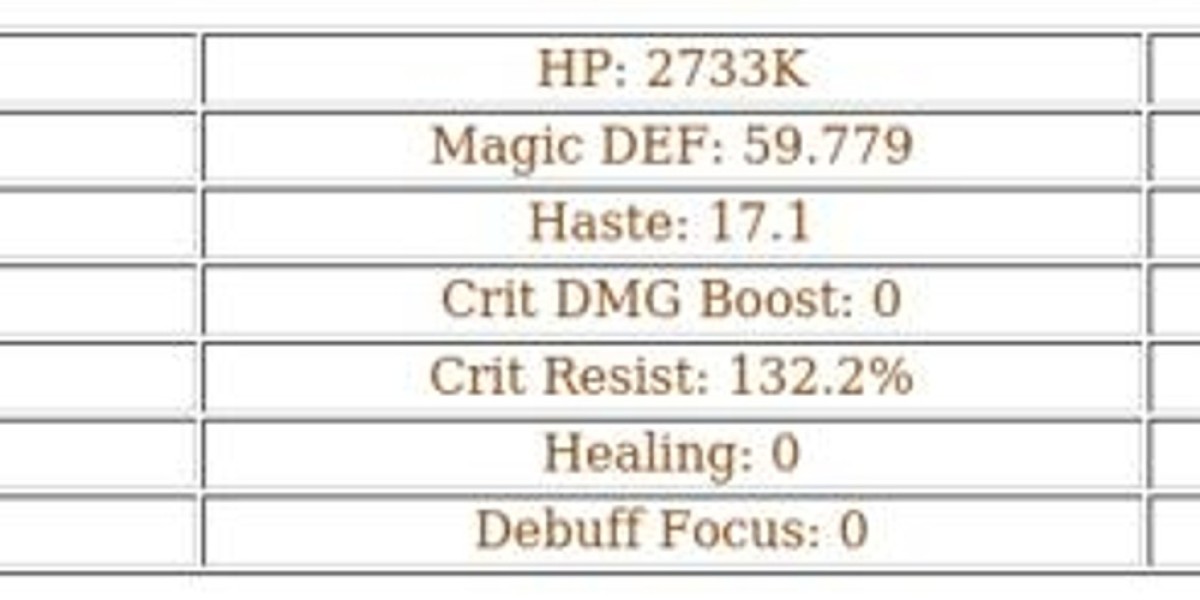Discover Why Moissanite Rings Are the Ultimate Choice for Your Perfect Sparkle!
In recent years, moissanite rings have surged in popularity, captivating those seeking a stunning yet budget-friendly alternative to traditional gemstones. As people search for the perfect ring for engagements, anniversaries, or other special occasions, the allure of moissanite becomes increasingly appealing. This remarkable gemstone, originally discovered in meteorites, brings a unique sparkle that rivals diamonds, all while being an affordable option. Choosing the right ring is an essential part of expressing love and commitment, and moissanite offers an elegant solution without compromising on quality or beauty.

Understanding Moissanite: What Is It?
Moissanite is a gemstone that was first discovered in 1893 by French chemist Henri Moissan, who found it in a meteorite. Unlike diamonds, which are formed deep within the Earth, moissanite is primarily created in labs today, ensuring its ethical sourcing. Chemically composed of silicon carbide, moissanite has unique properties that make it a desirable choice for jewelry. It displays exceptional brilliance and fire due to its high refractive index, which is even greater than that of diamonds. This characteristic gives moissanite a stunning sparkle that can catch anyone's eye. With a hardness rating of 9.25 on the Mohs scale, moissanite is also incredibly durable, making it an ideal choice for everyday wear.
Benefits of Choosing Moissanite Rings
One of the most significant advantages of moissanite rings is their affordability. Compared to traditional diamonds, moissanite offers a similar look at a fraction of the price. This financial accessibility allows buyers to invest in larger or higher-quality stones without breaking the bank. Beyond cost, moissanite is renowned for its durability; it resists scratching and chipping, making it suitable for daily wear. Additionally, the brilliance of moissanite is unmatched, with a fire and scintillation that often surpasses that of diamonds. Friends of mine who chose moissanite for their engagement rings rave about the compliments they receive on the exceptional sparkle. In essence, moissanite rings present a perfect blend of beauty, strength, and value, making them a wise choice for any jewelry lover.
Moissanite Rings vs. Traditional Diamond Rings
When comparing moissanite and diamond rings, several factors come into play. Price is a significant differentiator; moissanite typically costs 70-90% less than diamonds of the same size and quality. Additionally, moissanite is often regarded as an ethical choice, as its lab-created nature eliminates concerns about conflict diamonds. Visually, while both gemstones can be stunning, moissanite tends to exhibit a more colorful sparkle, resulting from its unique optical properties. However, some may mistakenly believe that moissanite lacks the prestige of diamonds. In reality, many couples are discovering that moissanite offers a modern alternative that doesn’t sacrifice beauty for value. One of my friends recently shared her experience of opting for a moissanite ring and how it sparked numerous conversations about its beautiful design and ethical sourcing.
How to Choose the Perfect Moissanite Ring
Selecting the ideal moissanite ring involves considering several essential factors, including cut, color, clarity, and setting options. The cut of the stone greatly influences its sparkle, so opting for a well-cut moissanite is crucial. Color-wise, most moissanite stones are near-colorless, but slight variations exist, so it’s important to choose one that suits your aesthetic preferences. Clarity is also essential; while most moissanite stones are eye-clean, examining them closely can help ensure you find the perfect one. Finally, consider the setting; whether you prefer classic solitaires or intricate halo designs, the setting can significantly impact the overall look of the ring. Taking the time to research these factors will help you make an informed purchase that reflects your style and love story.
Final Thoughts on Moissanite Rings
In summary, moissanite rings represent a beautiful and affordable choice for anyone in search of the perfect piece of jewelry. Their unique characteristics, including exceptional brilliance, durability, and ethical sourcing, make them an attractive alternative to traditional diamonds. As you consider your next jewelry purchase, remember the numerous benefits that moissanite has to offer. With its stunning sparkle and budget-friendly price, a moissanite ring could be the perfect symbol of your love and commitment, making it a choice worth exploring.








